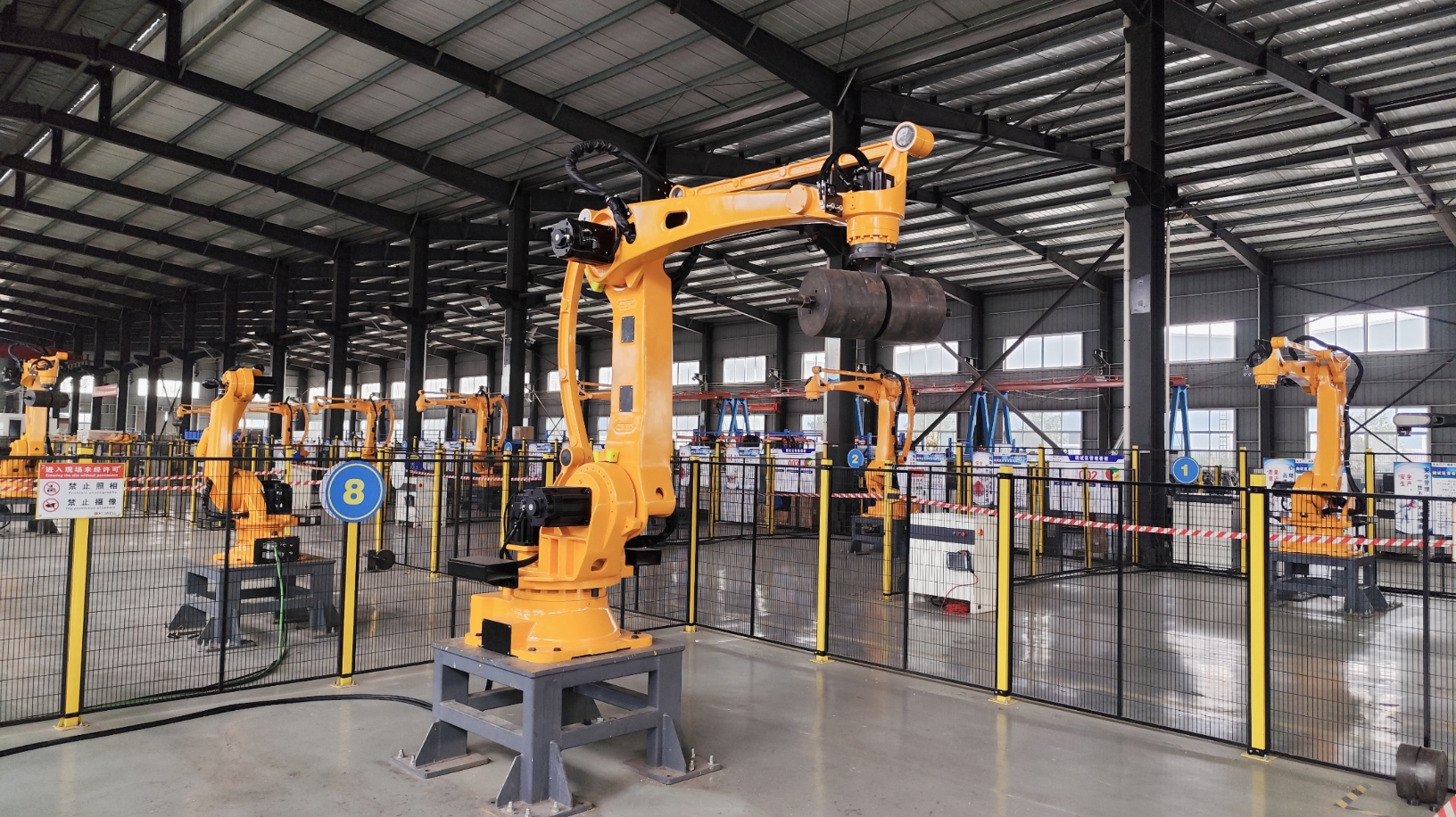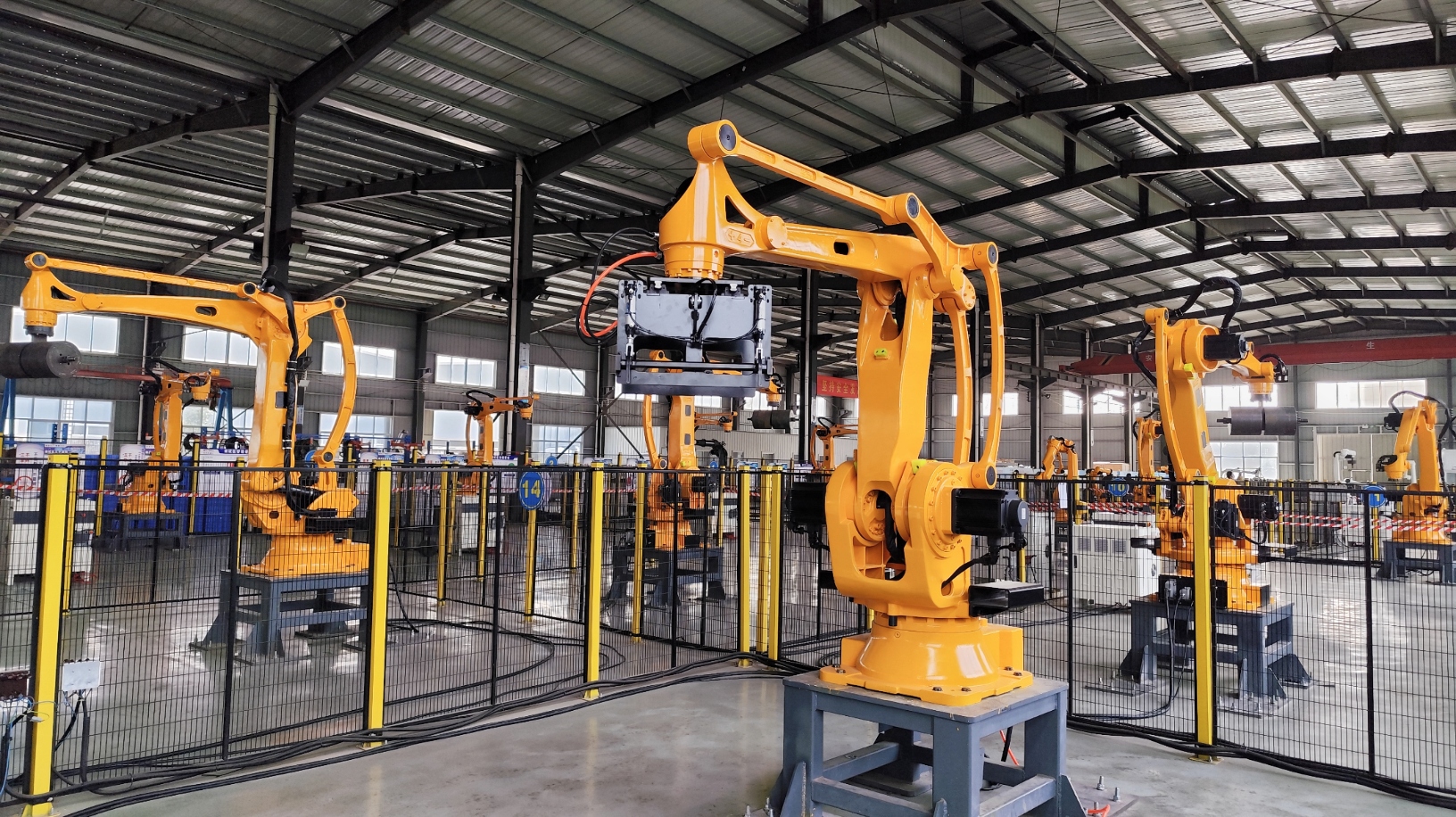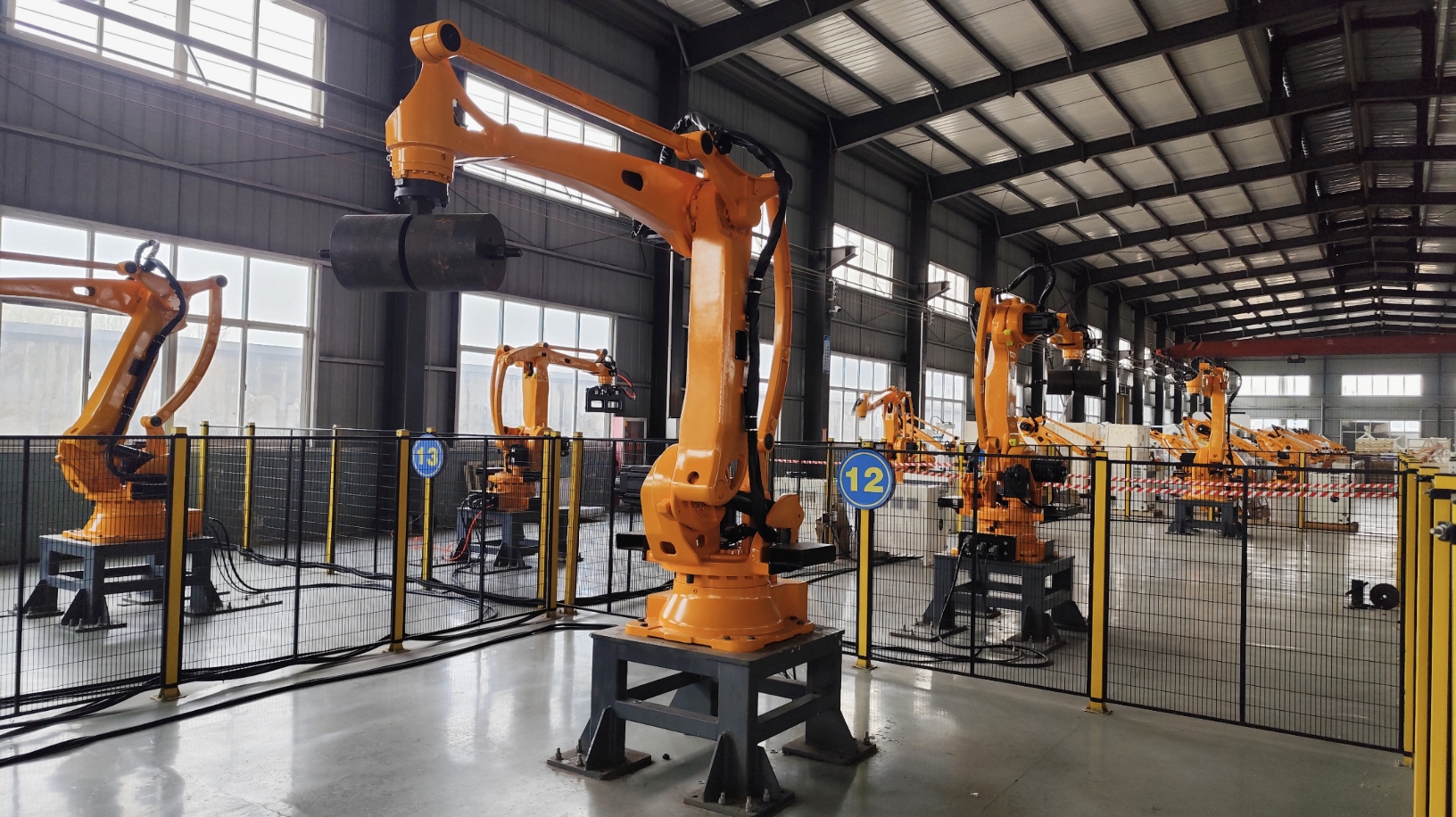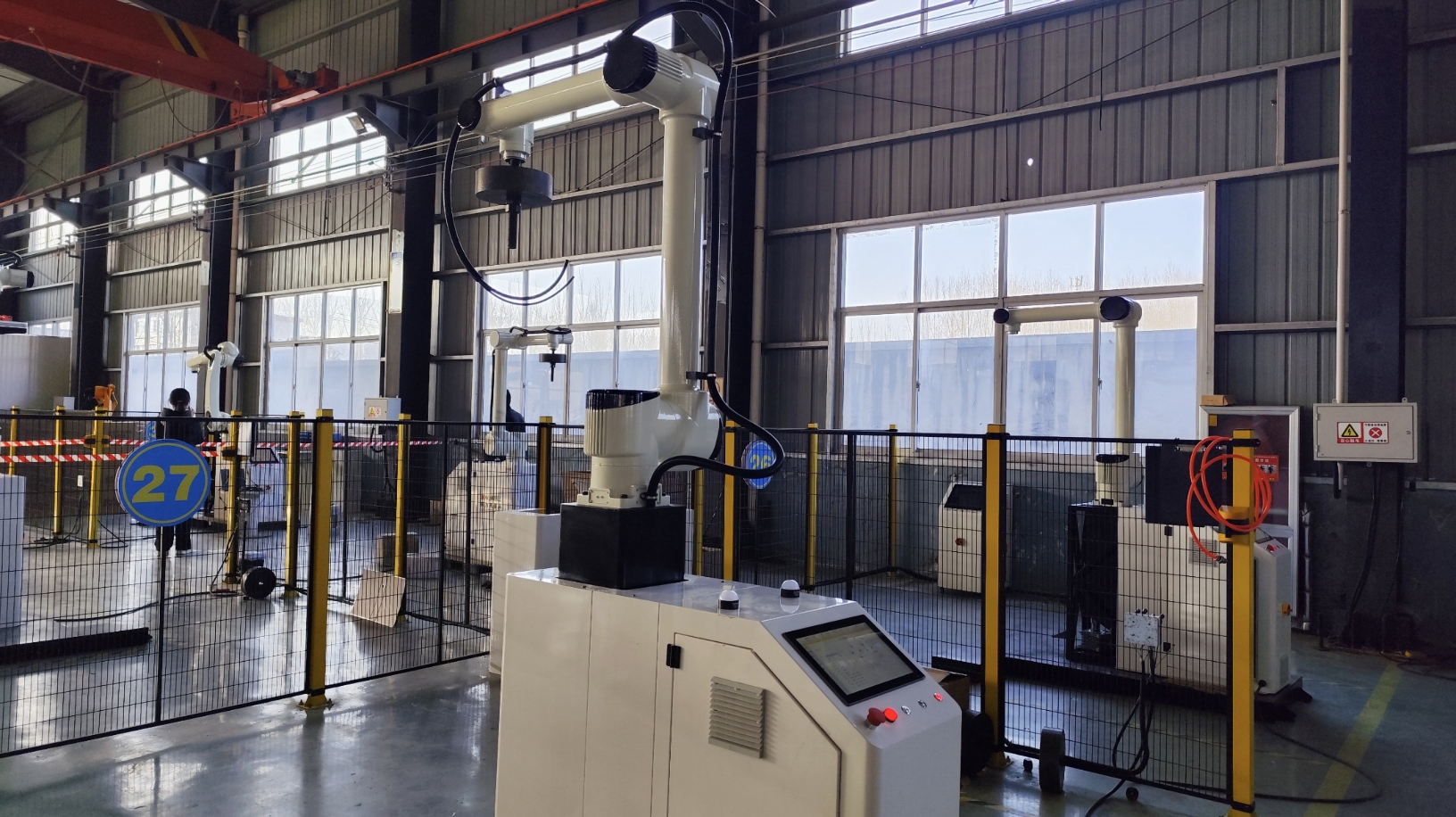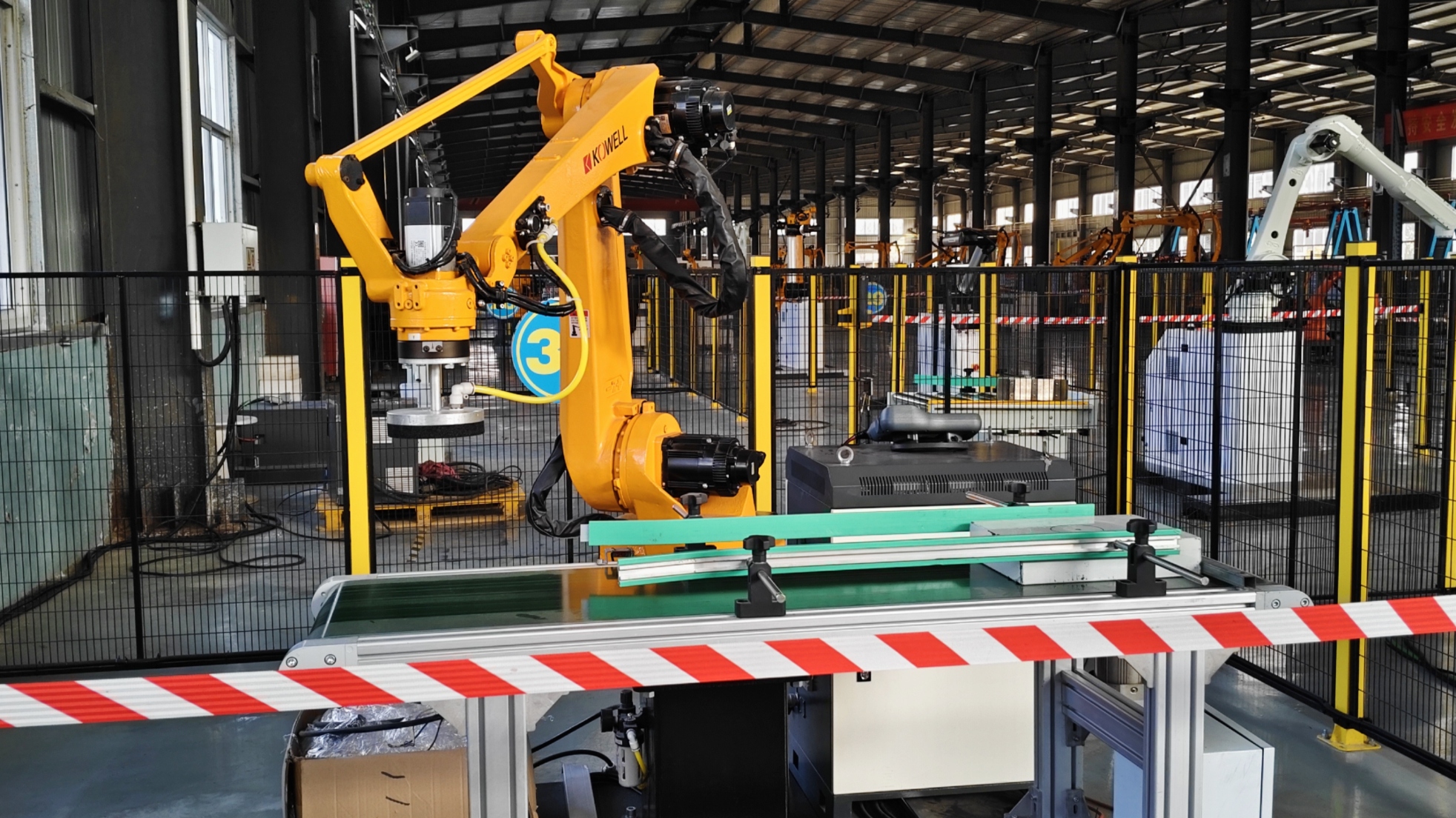With the rapid advancement of science and technology, intelligent manufacturing has gradually become the mainstream trend of modern industrial development. In this era, industrial robots and multifunctional robotic arms are no longer the "future technology" in science fiction movies. They are increasingly becoming the core tools for improving productivity, optimizing process flows, and achieving efficiency automation. As the "hard core technology" behind smart factories, multifunctional robotic arms have not only promoted the upgrading of the manufacturing industry, but also changed the production model and industry ecology on a global scale.
The rise of multifunctional robotic arms
In traditional production lines, manual operations are often limited by accuracy, speed, and fatigue, resulting in low production efficiency and difficulty in maintaining consistent quality. The emergence of multifunctional robotic arms has completely changed this situation. Unlike traditional robotic arms that are limited to performing a single task, multifunctional robotic arms have become an indispensable "all-rounder" in smart factories due to their highly adjustable configuration and wide range of application scenarios.
These robotic arms have flexible movement capabilities and high adaptability, and can complete a series of complex and accurate tasks from precision assembly, welding to handling, spraying, etc. With the help of advanced sensing technology, artificial intelligence and deep learning algorithms, multifunctional robotic arms can sense changes in the production environment in real time, automatically adjust the operation mode, and work in coordination with other equipment to greatly improve production efficiency.
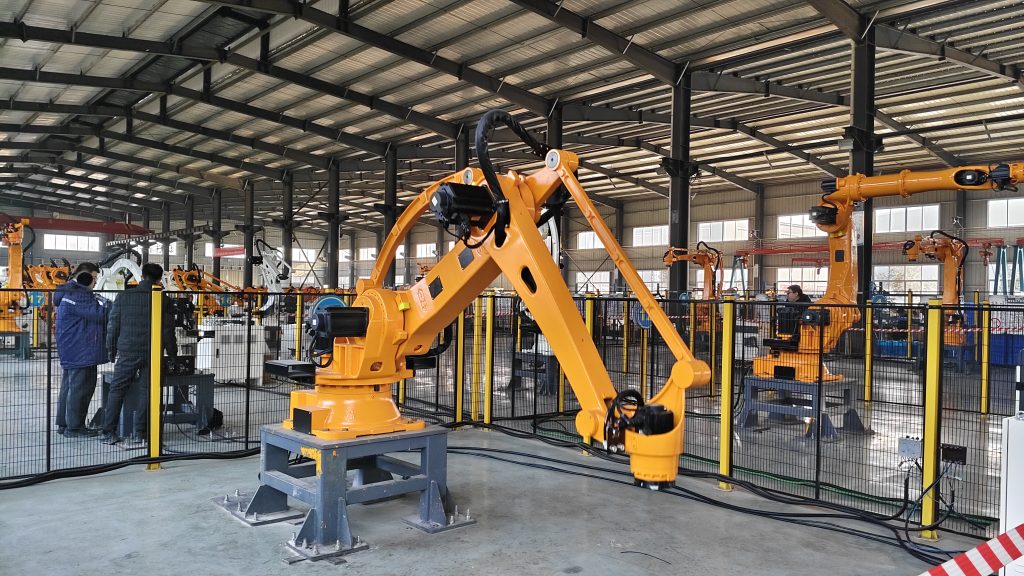
The core driving force of intelligent manufacturing
The application of multifunctional robotic arms not only improves the efficiency of a single process, but also realizes "intelligent collaboration" in the overall production line. In the intelligent manufacturing system, various robotic arms are connected through industrial Internet of Things and cloud computing technology to share data and status information, forming a highly integrated and intelligent production model. In the production process, the robotic arm is not only a tool to perform tasks, but also a part of the system, which can make flexible adjustments based on real-time data, thereby achieving accurate production scheduling and resource optimization.
Continuous innovation and technological breakthroughs
The reason why the multifunctional robotic arm can become a key technology in smart factories is inseparable from its continuous innovation at the hardware and software levels. In terms of hardware, the flexibility and load capacity of the robotic arm are constantly improving. The new generation of robotic arms has more precise motion control capabilities and can complete more difficult tasks. In addition, the autonomy and intelligence level of the robotic arm are also constantly improving. It not only supports voice control, gesture recognition, etc., but also can learn autonomously through artificial intelligence technology, thereby improving the efficiency and accuracy of task execution.
At the software level, the application of deep learning and data analysis technology enables the robot arm to handle more complex data and tasks. By continuously accumulating and analyzing large amounts of production data, the robot arm can not only more accurately predict equipment failures and production bottlenecks, but also autonomously adjust production strategies to achieve a more efficient and intelligent manufacturing process.
Challenges and Future Outlook
Although the application prospects of multifunctional robotic arms are broad, they still face many challenges in practical applications. First, the high cost is still a burden that many small and medium-sized enterprises cannot afford. Although the price of robotic arms has gradually decreased with the advancement of technology, for most manufacturing companies, especially small and medium-sized factories, investment cost is still an important factor that must be considered. Secondly, although the multifunctional robotic arm is highly intelligent, the adaptability and flexibility of the robotic arm still need to be improved in some extremely complex and delicate work scenarios.
However, with the continuous development of related technologies such as artificial intelligence, 5G technology, and the Internet of Things, the application of multifunctional robotic arms will become more popular and efficient. In the future, we have reason to believe that smart factories will no longer be exclusive to a few advanced companies, and more and more traditional manufacturing industries will also achieve full automation and intelligence of the production process by introducing industrial robots and multifunctional robotic arms.
Conclusion
As the core technology of intelligent manufacturing, multifunctional robotic arms are injecting new vitality into the global manufacturing industry. While improving production efficiency, optimizing process flow and promoting technological innovation, they also provide strong support for the transformation and upgrading of the global manufacturing industry. In the future, with the continuous advancement of technology and the expansion of application fields, multifunctional robotic arms will play a more important role in the construction of smart factories and become an important force leading the wave of Industry 4.0.
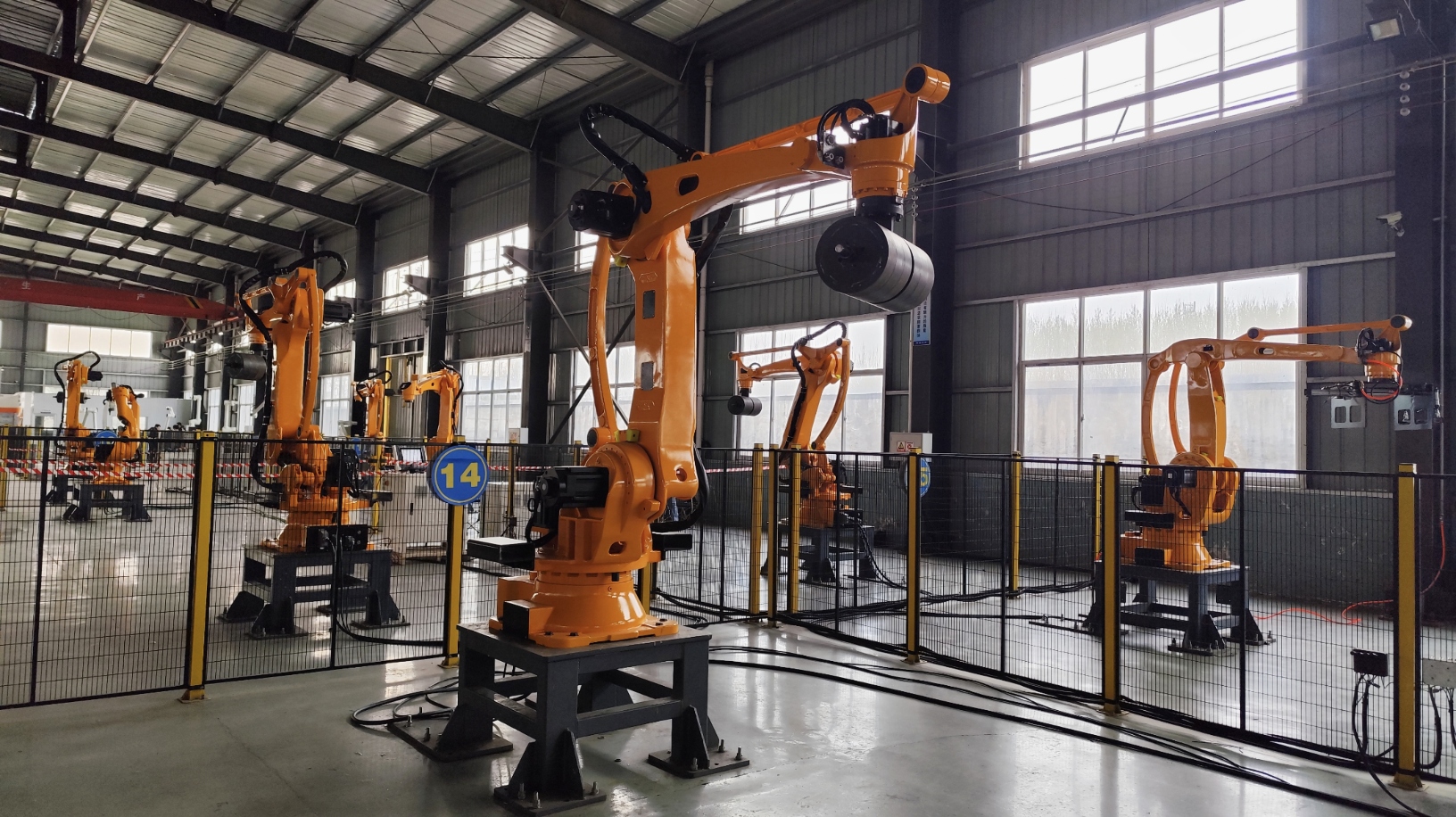
Online Consultation
Hello, the current customer service is offline. You can leave your contact information and the staff will respond to you as soon as possible!


